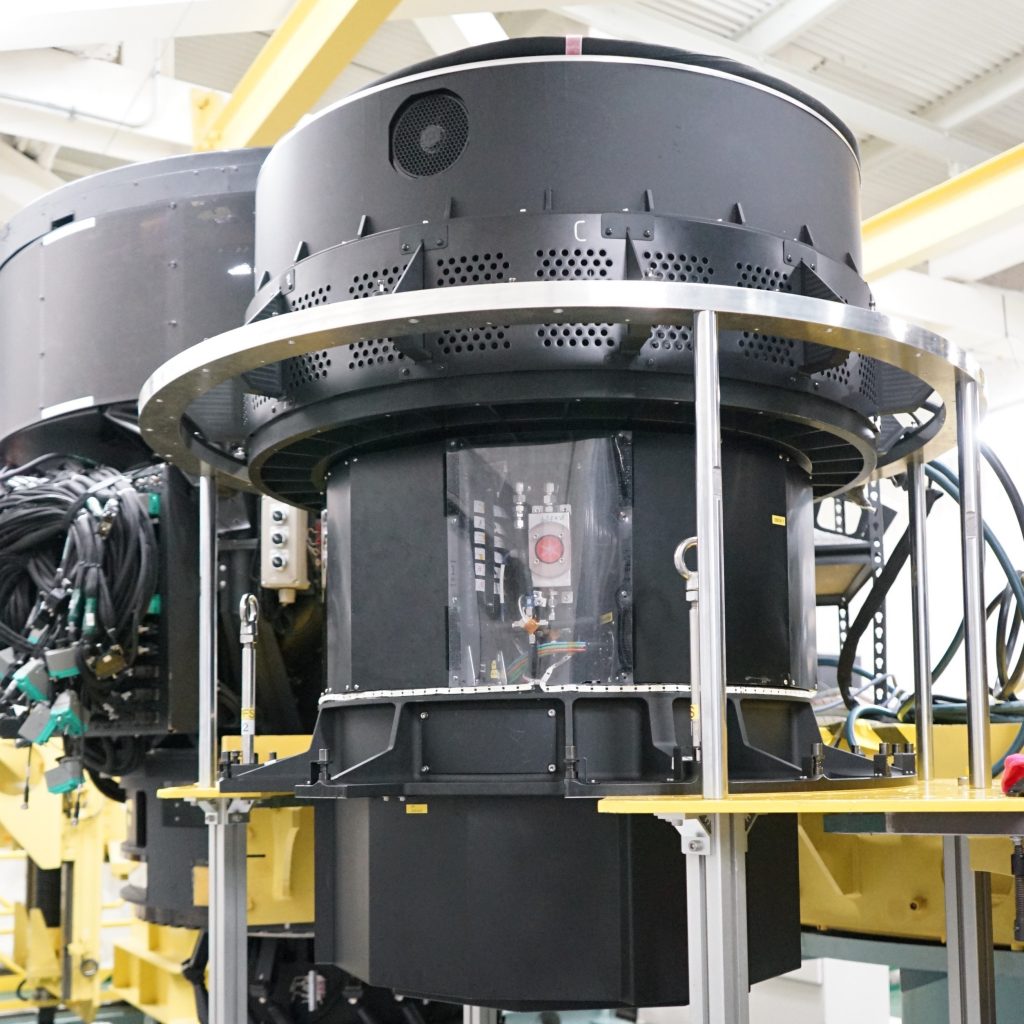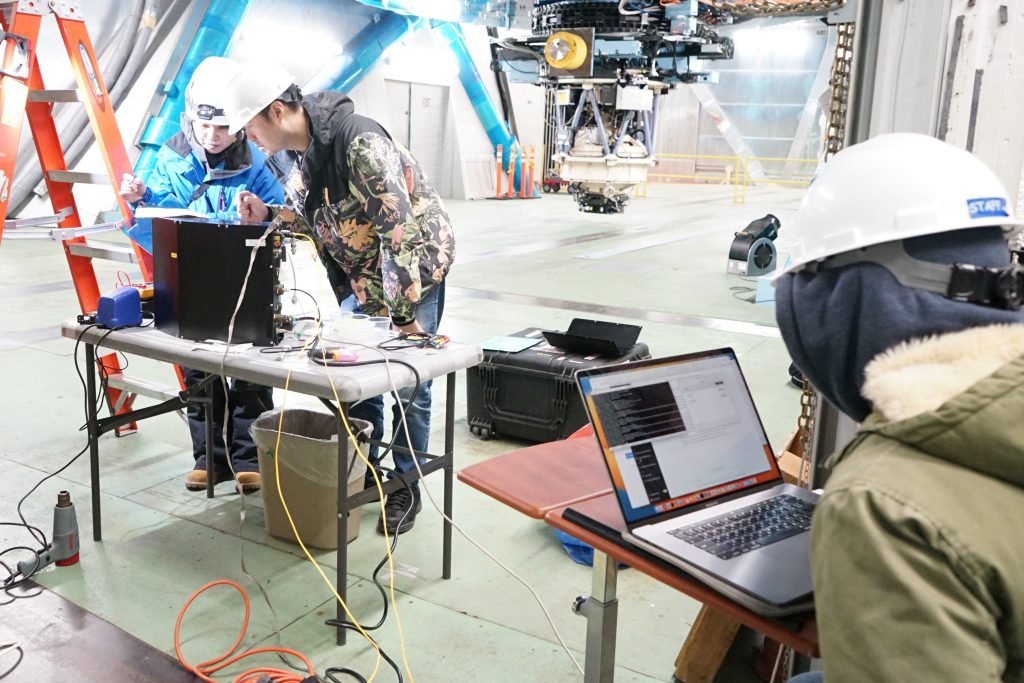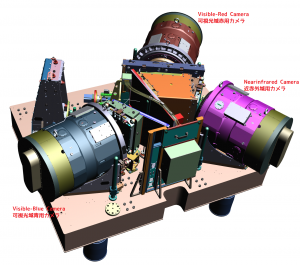Most of the PFS instruments have been delivered to Subaru Telescope on the top of Mt. Maunakea in Hawaii and been installed there. However, in order to run the instruments for the coming 10 years or even longer, we cannot simply say it’s done once delivered and assembled — it is essential to run the instruments stably for such a long term.
The technical teams have been discussing and upgrading the instruments to make them more robust by fixing the issues found by on-site tests and operations as well as development at collaborating institutes.
For PFI (Prime Focus Instrument), the biggest issue is stabilizing operation of the guide cameras. To achieve this, it is necessary to operate the controller box which accommodates the power supplies to the PFI devices including the guide cameras as well as the telemetry devices. The PFI team has improved the box by repeating discussions and tests. The member at ASIAA (Academia Sinica, Institute of Astronomy and Astrophysics, Taiwan) sometimes visited Subaru Telescope, and modified and tested the box on-site.
Recently Spectrograph System (SpS) was also upgraded. Because SpS consists of 12 cameras, some of the electronics parts have been upgraded through productions and tests since the first camera was completed. A member at JHU (Johns Hopkins University, USA) in charge of developing the camera controller, which is called “pie-pan” from its appearance, visited Subaru telescope to upgrade the first two cameras. We replaced a few parts of pie-pan and electronics boards to control the detectors. Thanks to the upgrade work, the cameras become more identical which make its control and maintenance easier.
We hope the instrument will provide scientific results for long time after starting scientific operation.






